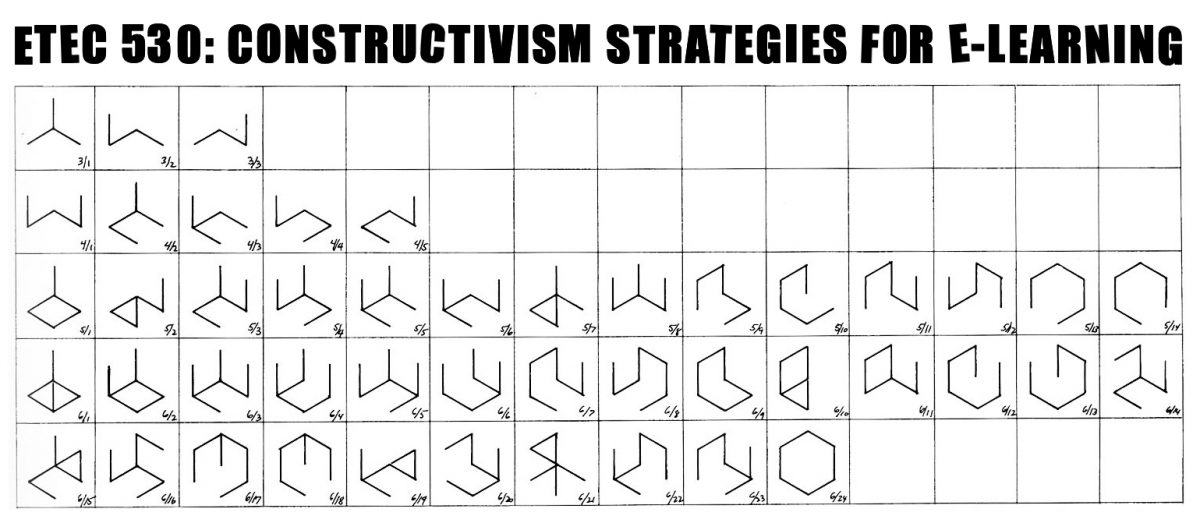I have incorporated my response into a Genially chart, embedded below, and linked here. First, I reviewed Sunal’s (n.d.) comparison on learning cycles, and compiled my own learning cycle, taking bits and pieces from the different ones represented. Within my chart, you can see my design and reasoning for each part of a cycle by clicking on the ‘+info’ button. In consideration of Reid and Valle’s (2013) chapter in the Fosnot text, I intended for my learning cycle to be inclusive of all learners, with the teacher/facilitator actively engaging and supporting each learner. Support may include allowing learners to participate in the ways that work best for them (e.g., using particular modalities, or with the assistance of helpful tools or resources).
The example can be explored in the chart by selecting the blue pin buttons. I chose an example that is specific to my role as a trainer within a government organization. I apologize in advance: as the information was going on a Genially chart, I wrote the description in such a way that would not provide explicit details of my role as I have to be careful what’s shared. To explain further in this context, the example provided is about teaching staff the role of the organization we work for and the specific authorities (set by legal documents, such as wills and/or provincial legislation) we operate under. This is a concept that at first seems simple, but often takes years to fully grasp, and is the source of ongoing questions throughout that learning period. Currently, I will admit, I do not train this concept in a way that supports constructivist learning, however using a constructivist-informed learning cycle framework may help staff to be more successful in grasping the concepts sooner. Firstly, by activating learners’ prior knowledge I would be able to gain an understanding of what knowledge they are building from to identify why they might be misinterpreting the concepts. Secondly, by initiating explorative learning, they are also learning how to be self-sufficient in finding their own resources and taking an active role in their training. I am excited to test this out with my next round of trainees!
References:
Reid, D. K. and Valle J. W. (2013). A Constructivist Perspective from the Emerging Field of Disability Studies. In Fosnot, C. T. (Eds.), Constructivism: Theory, perspectives, and practice (2nd ed., pp. 150-171). Teachers College Press. https://ebookcentral.proquest.com/lib/ubc/detail.action?docID=3545062
Sunal, D. W. (n.d.) The learning cycle: A comparison of models of strategies for conceptual reconstruction: A review of the literature. http://web.archive.org/web/20160426173157/http:/astlc.ua.edu/ScienceInElem&MiddleSchool/565LearningCycle-ComparingModels.htm
